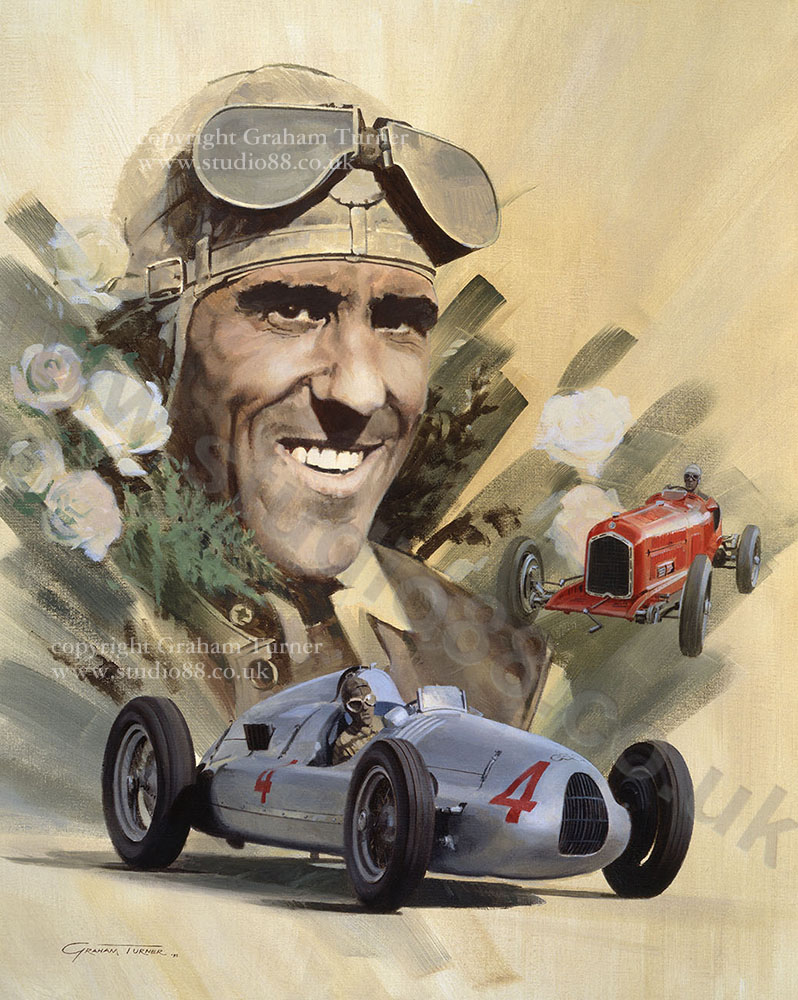Wondering if there is any advantage to running fuel through maybe part of the block or head before it enters the fuel pump/injection rail/injectors or whatever. To my knowledge this may have 3 advantages.
1. Helps remove some heat from the engine so therefore less work for the water based cooling system. Yes I know it may only be a few percent but in F1 teams are forever chasing very small gains.
2. As more throttle is used more fuel is used for cooling, therefore as more heat is generated by combustion more heat is removed from the engine as result of more fuel flowing through the engine used as cooling.
3. Hotter fuel should help the fuel atomise. Hence helping the fuel burn quicker and be more stable with more complete combustion. I will have to check my chemical engineer sources to verify this so don't quote me on it.
I got the idea because the helicopter I fly has a device that uses heat from the engine to pre-heat the fuel however the reason given by the manufacturer is to stop fuel jelling up in the fuel lines (in addition to a anti-ice additive)
Thoughts?
- Login or Register
No account yet? Sign up

